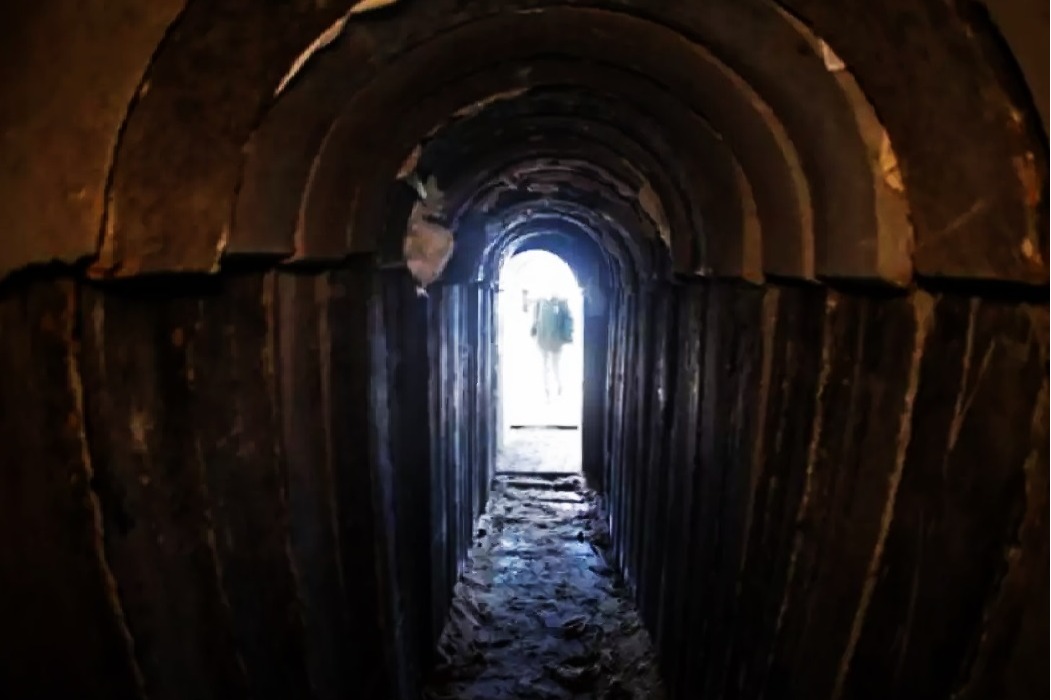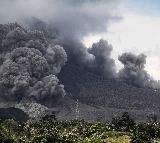The mysterious underground tunnels used by Hamas

Gaza, Oct 29: The myriad tunnels under Gaza are best known as passageways used to smuggle goods from Egypt and launch attacks into Israel, the media reported.
But there exists a second underground network that the Israel Defense Forces (IDF) colloquially refer to as the "Gaza metro."
It's a vast labyrinth of tunnels, by some accounts several kilometres underground, used to transport people and goods; to store rockets and ammunition caches; and house Hamas command and control centers, all away from the prying eyes of the IDF's aircraft and surveillance drones, CNN reported.
Hamas in 2021 claimed to have built 500 kilometers (311 miles) worth of tunnels under Gaza, though it is unclear if that figure was accurate or posturing. If true, Hamas’ underground tunnels would be a little less than half the length of the New York City subway system.
"It’s a very intricate, very large - huge - network of tunnels on a rather small piece of territory," said Daphne Richemond-Barak, a professor at Israel's Reichman University and expert on underground warfare.
It's unclear how much the tunnel network would have cost Hamas, which governs the impoverished coastal strip. The figure is likely significant, both in terms of manpower and capital.
Gaza has been under a land, sea and air blockade by Israel, as well as a land blockade by Egypt, since 2007 and is not believed to possess the type of massive machinery typically used to build tunnels deep underground.
Experts say that diggers using basic tools likely burrowed deep underground to dig the network, which is wired with electricity and reinforced by concrete. Israel has long accused Hamas of diverting concrete meant for civilian and humanitarian purposes toward the construction of tunnels, CNN reported.
Tunnels have been an attractive tool of warfare since medieval times. Today they offer militant groups like Hamas an edge in asymmetric warfare, negating some of the technological advantages of a more advanced military like the IDF.
What makes Hamas tunnels different from those of al Qaeda in the mountains of Afghanistan or the Viet Cong in the jungles of Southeast Asia is that it has constructed a subterranean network below one of the most densely populated areas on the planet. Nearly 2 million people live in the 88 square miles that make up Gaza City.
The IDF is expected to go after the network in its forthcoming ground incursion into Gaza, as it has in recent years gone to extreme lengths to eliminate Hamas' tunnels. Israel launched a ground assault on Gaza in 2014 to try and eliminate the underground passages, CNN reported.
Moving civilians out of Gaza City would help make it safer to eliminate tunnels, but such operations will be dangerous, Richemond-Barak said.
This week the Israeli military expanded its ground operation, pounding sites in Gaza. It said 150 underground targets were hit.
The IDF can either render the tunnels temporarily unusable or destroy them. According to Richemond-Barak, bombing the underground passages is typically the most efficient way to eliminate them, but such strikes can impact civilians, CNN reported.
What is clear is that technology alone won’t be enough to stop the subterranean threat.
Israel spent billions of dollars attempting to secure the border with a smart system that boasts advanced sensors and subterranean walls, yet Hamas was still able to launch its October 7 assault by land, air and sea.
"There is no foolproof solution to deal with a tunnel threat," Richemond-Barak said.
"There's no Iron Dome for tunnels," CNN reported.



















